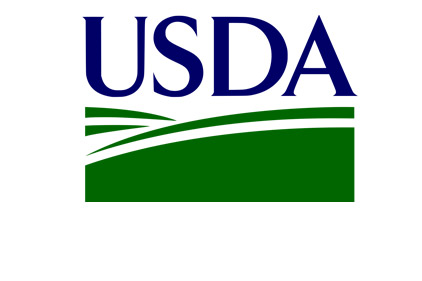We’ve long recognized that what we eat affects our health. But distances to stores offering healthy and affordable foods—as well as travel modes—can play a role in what gets purchased and consumed. Are the poor at a disadvantage when it comes to getting to a grocery store? How do shoppers—poor and not poor—travel to their main grocery store and how far do they travel to get there?

|
A new survey funded by USDA’s Economic Research Service (ERS) and Food and Nutrition Service is ideally suited to answer these questions. The National Household Food Acquisition and Purchase Survey (FoodAPS) collected information from a national sample of 4,826 households between April 2012 and January 2013 about where they shop for food and other unique, comprehensive data about household food purchases and acquisitions. FoodAPS is unique because it sampled a relatively large number of households that participate in USDA’s Supplemental Nutrition Assistance Program (SNAP), as well as nonparticipant households from three income levels.
Initial findings from the survey reveal that SNAP participants are less likely than nonparticipants to drive their own vehicle to their primary store—the one where they shop most often—and more likely to rely on someone else or to walk, bike, or take public transit. Sixty-eight percent of SNAP participants use their own cars for food shopping compared with 95 percent of non-poor households (i.e., those with household incomes above 185 percent of the Federal poverty line).
To read the rest of the story, please go to: USDA Economic Research Service.



